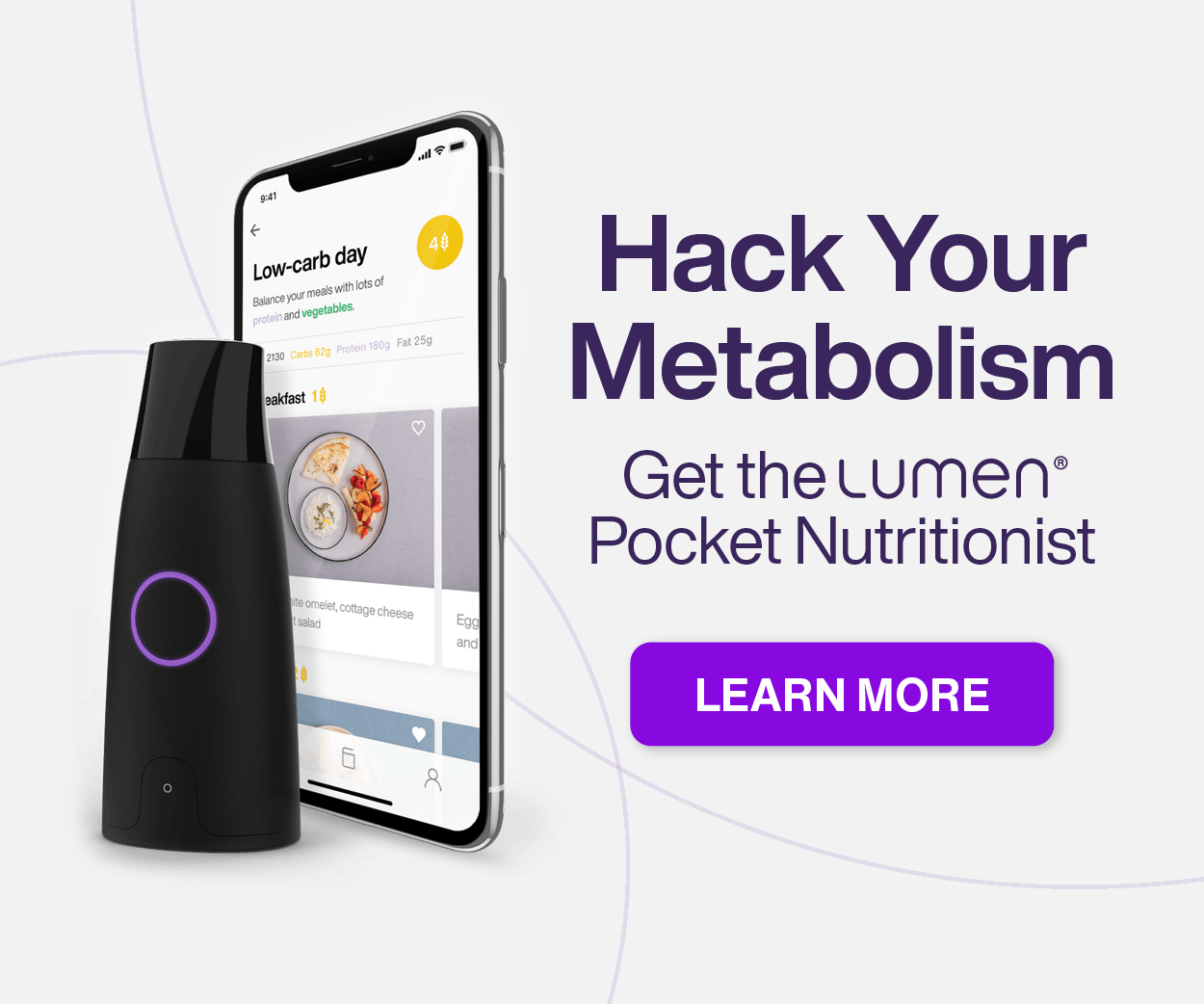 This past Tuesday, I attended a conference put on by the Mount Sinai Children’s Environmental Health Center in conjunction with the Environmental Protection Agency (EPA), entitled “Birth Defects, Learning Disabilities, Obesity and Breast Cancer: How Can We Avoid the Effects of Toxic Chemicals?” Although many of the chemicals discussed were those that we at the Organic Beauty have been writing about for some time (see 4 Steps to Naturalize Your Life), hearing first hand about the research and catastrophic effects these chemicals have on our bodies, and particularly children, was very jarring.
This past Tuesday, I attended a conference put on by the Mount Sinai Children’s Environmental Health Center in conjunction with the Environmental Protection Agency (EPA), entitled “Birth Defects, Learning Disabilities, Obesity and Breast Cancer: How Can We Avoid the Effects of Toxic Chemicals?” Although many of the chemicals discussed were those that we at the Organic Beauty have been writing about for some time (see 4 Steps to Naturalize Your Life), hearing first hand about the research and catastrophic effects these chemicals have on our bodies, and particularly children, was very jarring.
A panel of brilliant doctors, many of them young fellows in the Children’s Environmental Health department at Mount Sinai, spoke about the effects of endocrine disruptors (like parabens, DDT, phthalates, PBDEs, BPA and DBP found in common plastics, electronics, furniture and beauty products) on reproductive and neurological development, as well as cancer, diabetes, and obesity. These toxins are ubiquitous, but it is with persistent, on-going contact that the long-term effects begin to manifest. What struck me most was how preventable these environmental causes of disease are. By taking action in our communities and taking manageable steps within our own homes, we can significantly lessen our exposure to toxins that can not us sick, but make our unborn children sick as well.
So… what can you do? Become an educated consumer!
- Use glass or stainless steel instead of plastics, especially when storing or cooking foods. If you must use them,
 avoid #3 and #7 plastics, which are chock full of pretty much every toxic chemical we should be avoiding. This handy saying helps you remember: “Four, five, one and two, all the rest are bad for you!”
avoid #3 and #7 plastics, which are chock full of pretty much every toxic chemical we should be avoiding. This handy saying helps you remember: “Four, five, one and two, all the rest are bad for you!”
- Avoid using vinyl shower curtains. Like many other products mentioned here, these contain phthalates, the fumes from which are then inhaled every time you enter your bathroom. Phthalates disrupt development of male reproductive organs, lower sperm count, and damage the endocrine and immune systems.
- Use natural beauty products. I mean honestly, at this point there is no excuse not to! There are countless affordable, natural products out there with ingredients that are recognizable. If you don’t know what it is, don’t put it on your skin. At the very least, make sure anything you put on your body and hair is paraben-free, phthalate-free, and SLS-free.
- Clean your home with a wet mop and/or a vinegar solution, and when you must use cleaning solutions, make sure they are natural and non-toxic as well. Everything you use to clean your house with is inhaled by you, your family, and your pets. If it’s full of disease-causing toxins, that’s what you’re going to get…disease and toxicity. Cleaning with homemade solutions is infinitely cheaper than store-bought as well!
- Buy fragrance-free products, or those scented with essential oils only. Nearly every common product with a fragrance, from lotions and shampoo to detergent and countertop spray, contain toxic VOCs (volatile organic compounds) that increase risk of all manner of cancer as well as neurodevelopmental disorders like ADD, ADHD, autism, behavioral problems and lower IQ.
- Only use DBP, formaldehyde and toluene-free nail polish. There are loads of brands that are now free of these chemicals, so again, there really is no excuse to expose your body to these deadly, carcinogenic chemicals, especially if you are, or are around, a pregnant woman! (Priti and O.P.I. are just a few of the safer brands)
- Choose PBDE-free electronics and furniture (especially mattresses). PBDEs are flame retardants that are found in most older, stuffed furniture items and rugs, and many electronics like phones, TVs and computers. When buying any of these items, verify that they are free of PBDEs, which decrease thyroid hormone levels, damage reproductive systems, and cause neurological symptoms as well. The EWG has a handy PBDE Guide everyone should check out!
- Avoid canned foods and beverages, unless they are BPA-free. Almost all canned foods and beverages contain BPA, which can have devastating effects on the neurological and reproductive systems, and has also been linked to heart disease, intestinal damage, diabetes, and obesity. So far, Eden Organics is the only brand that has made the switch to all BPA-free cans. But Trader Joe’s and Wild Planet offers some, but far from all, products in BPA-free cans.
- Wash your hands after handling thermal receipts. Those smooth, warm, thermal receipts used by so many retailers are made up of nearly 3% pure BPA, which then gets onto your skin and even straight into your mouth. Always wash your hands after touching the receipts, or forgo them altogether!
- AVOID SMOKING
- REDUCE YOUR CLIMATE FOOTPRINT (which lessens universal risk of exposure)
- USE INTEGRATED PEST MANAGEMENT (instead of toxic pesticides, sprays and fumes)
- EAT LOW ON THE FOOD CHAIN — A MOSTLY PLANT-BASED DIET
- EAT ORGANIC WHENEVER POSSIBLE (which lowers exposure to pesticides by a whopping 90%)
- JOIN A FOOD CO-OP (or start one if there isn’t one in your area)
- BE A CITIZEN! (nothing will change if we don’t make our voices heard. All of these environmental causes of disease are preventable, and with enough public pressure, we can get these toxins banned!)








 RMS Beauty Lip2Cheek
RMS Beauty Lip2Cheek

















